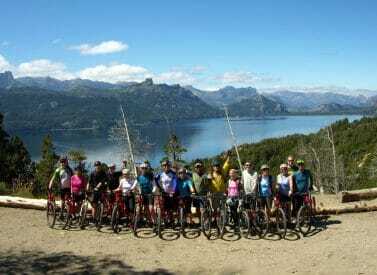
Mountain Biking In Huaraz
Visit Huaraz for some of the best downhill mountain biking in Peru.
Combine the best downhill MTB single track biking in the Cordillera Blanca with comfortable hotels at night.
We mix some climbs with breathtaking downhill rides, some of which are known only to our professional guides.
Every night, after a great day in the saddle, we relax in our hotels and recharge the energy level’s for the next day’s awesome ride.
Visit Huaraz and get ready for some of the best downhill mountain biking in Peru.
Combine the best downhill MTB single track biking in the Cordillera Blanca with comfortable hotels at night.
We mix some climbs with breathtaking downhill rides, some of which are known only to our professional guides.
Every night, after a great day in the saddle, we relax in our hotels and recharge the energy level’s for the next day’s awesome ride.
More on Huaraz MTB downhill biking
The last day takes us to the base of Huascaran, the highest peak in the Peruvian Andes, and then back to Huaraz for a well deserved cold drink.
We provide the guides and the mountain bikes, so you just need to show up and get pedalling.
We can add or adapt this biking itinerary to suit your demands and fitness level.
Trip Highlights
Print Share Download as PDF-
Some of the best downhill MTB trails in Peru.
-
Professional guides and great bikes makes the ride as smooth as possible.
-
Off-the-beaten-track riding among the Cordillera Blanca, Huaraz.
-
Single track, Inca trails and spectacular mountains await.
The mountain biking in the cordilleras is outstanding, there is some tough single track and some straight forward track cycling - something for everyone.
The mountains tower around, providing a fabulous arena for single day trips or multi day tours.
K. Jarvis, Biking in Huaraz
Full Itinerary
Day 1: Arrive in Huaraz, transfer to hotel
We will meet you at the bus station when you arrive and take you to your hotel. The rest of the day is yours to take it easy as you get acclimatised to the higher altitude (3,052m)
Day 2: Cordillera Negra ride, return to Huaraz hotel (B)
Today combines a day long traverse along the Cordillera Negra with an amazing 1,000m descent along some great tracks.
We’ll get fantastic views of the Cordillera Blanca glaciers and valleys far below. After the ride, we head back to our Huaraz hotel.
Cycling distance: 24km / 15 miles
Cycling riding time: 3-4 hours
Altitude: 3,050m-3,650m-3,550m / 10,007ft-11,975ft-11,647ft
Day 3: Cordillera Blanca ride, return to Huaraz, hotel (B)
Today our biking adventure begins in Huaraz where we will steadily bike up to Quebrada Cojup. From there we continue on to Pitec where we start our descent along a pre Incan trail back to Huaraz.
Cycling distance: 27km/16.8 miles
Cycling riding time: 3-4 hours
Altitude: 3050m-3,850m/10,007ft-12,631ft
Day 4: Free day Huaraz, hotel (B)
Just relax today or check out Huaraz. There are also some optional easy bike rides available.
Day 5: Huascaran Loop: Huaraz – Yungay – Llanganuco Lakes – Yanama, lodge (B,L,D)
There is no doubt that this is one of the most challenging and scenic routes in the entire Cordillera Blanca. Our route follows the Llanganuco Valley, flanked by the imposing peaks of Nevado Huascarán (highest peak in the Peruvian Andes 6768 masl), Chopicalqui, Chacraraju, Pisco and Yanapaccha.
We will drive up in our support vehicle to the starting point at the Llanganuco Lakes and then get on our bikes and pedal up the zigzag road to Portachuelo de Llanganuco (4780meter). We head down to the town of Yanama where we will spend the night in a lodge.
Cycling distance: 52km/32 miles
Cycling riding time: 4-5 hours
Altitude: 4,400 m-4,780m-3,400m/14.435ft-15,682ft-11,155ft
Day 6: Huascaran Loop: Yanama – Chacas, hotel (B, L, D)
From Yanama we climb up to Pupash Pass (4200m) before a 20 km descent into Acochaca (2900m). Our final push is up to our destination in Chacas along a paved road. We’ll spend the night in a hotel here.
Cycling distance: 32km / 20 miles
Cycling riding time: 4-5 hours
Altitude: 3,400 m-4,200m-3,350m/11,155ft-13,779ft-10,990ft
Day 7: Huascaran Loop: Chacas – Punta Olimpica Tunnel – Carhuaz , hotel in Huaraz ( B,L)
We will cycle up to the tunnel (4735m) before a thrilling descent along the Ulta valley along a paved road for about 50km.
The route finishes in the city of Carhuaz. We then return to Huaraz in our vehicle.
Cycling distance: 69km/43 miles
Cycling riding time: 3-4 hours
Altitude: 3,350 m-4,735m-2,900m/10,990ft-15,535ft-9514ft
Day 8: Tour ends
Our trip ends today.
We’ll drop you off at the bus station. There is also an option to fly. We’d be happy to help plan additional activities or services. (B)
Prices From $2,062 / £1,676 per person
What's Included?
Full suspension bike, hotels, transport, meals as listed, snacks while riding, support vehicle to starting points and return (when required), bilingual guide.
What's Not Included?
Personal riding kit (gloves, helmet etc), personal items, international flights (we can look for these), snacks while cycling,
Accommodation
We use a 2-3* hotel in Huaraz, private bathroom.
In the mountains, we stay at an eco-lodge which has private rooms with bathrooms.
Tour Staff
All guides are English-speaking guides who have worked with us for many years.
They live and work in the mountains and know the routes well.
Meals
Vegetarians and many other dietary requirements are catered for without problems. Please let us know in advance of any requirements you have.
You usually wake early, around 07.00, in your hotel, and have breakfast there. This is features hot drinks, coffee, toast, eggs, ham, cheese, jams etc.
Lunch will be either sandwiches or meat and cheese, with snacks etc, or at a restaurant (extra cost).
Lunch and evening meals are your responsibility, apart from at the eco-lodge, and Huaraz is well served by restaurants, from Peruvian dishes to international food.
Activity Level
You need to be well acclimatised for this trip, with 2-3 nights in Huaraz needed before starting.
The routes are designed for people that are used to downhill, single track mountain biking.
If you are a beginner, please get in touch and we can design a custom route for you, so you can build up your levels and experience.
After breakfast, packs are prepared and your guide will explain the day’s ride, and you typically ride 3-4 hours in the morning before lunch, with a short or break or two en route.
After an hour or so for lunch – depending on weather conditions – you will continue usually 1-2 hours more, although some days are shorter or longer than others, and then head to the next hotel or homestay. Sometimes you jump in the support vehicle to cover the last few km.
After eating, you can choose to socialise with team members, relax in your hotel, or enjoy the Huaraz nightlife.
Practical Information
Introduction to Peru
Peru is the perfect holiday destination for adventure travellers that want an amazing variety of activity, geography and cultural travel experiences.
The breadth of travel experiences in Peru is breathtaking – from trekking in the Andes to Machu Picchu to the tropical jungle of the Amazon, and plenty in between.
The people of Peru make it a special destination too, with its colourful and traditional street life and friendly locals.
Geography of Peru
Peru is made up of 3 distinct geographical areas: the coast, the mountains and the jungle.
The costa or coastal region is a narrow ribbon of desert 2,250 km long, crossed by fertile river valleys flowing from the Andes. It takes up 11% of the country and holds more than 40% of the population.
The cold Humboldt current gives rise to a blanket of mist – the garua – which hangs above coastal cities like the capital Lima from May to November.
Heading east, you’re soon climbing above the garua and into the Andes. The sierra, or mountainous region, covers some 25% of Peru’s territory and contains 50% of the population. The sierra inhabitants are mainly Indigenous or Mestizo, and many still speak Quechua or Aymara.
The sierra contains dozens of 6,000-metre snow peaks and volcanoes, including Huascaran (6,768m) the highest mountain in the tropics. The deep valley basins contain most of the towns and arable land; the terracing and canal systems of the Incas and pre-Incas are often still used today.
The eastern Andes are heavily forested up to 3,350m and sweep down into the Amazon Basin.
Peru’s selva or jungle makes up almost two thirds of the country’s area, but holds only about 6% of the population: the only towns with significant populations are Iquitos and Pucallpa.
Weather in Peru
You can also read about the weather of Peru in our blog.
Peru is located in the southern tropics (latitudes 0º to 18º), but climate varies significantly according to season, altitude and region.
Lima & the coast
From May to October, Lima is often overcast, but with minimal precipitation. There are sunny spells, and it’s a fresh to pleasant 13-20ºC.
At the same time, inland areas and the north coast mid to high 20’s ºC.
November to April is generally warm and sunny and Lima enjoys warm temperature of 19-25ºC, with the coast averaging 22-30ºC.
The Andes
Climate depends largely on altitude. As a rule of thumb, below 2,000m climate is mild and above 2,000m warm clothing is required for evenings, nights and early mornings.
The Andean sun is very strong.
May to Oct (dry season in The Andes)
Cusco (3,300m): Average max/min temps: 22ºC /2ºC. Average 3 or 4 wet days per month.
Arequipa (2,380m): Average max/min temps: 26ºC /9ºC. Sunny more than 340 days/year with minimal precipitation.
On highland treks: Conditions are generally dry. However, at this time of year, expect a range of conditions within a single day: cold/freezing nights at camps above 4,000m, where pre-dawn temperatures can be -5ºC; warm, spring-like mornings and afternoons; and cold evenings.
Note that mountain weather can be fickle and localised, and that precipitation is not unknown in the dry season. Expect temperatures to swing between sun and shade, sheltered and exposed ground and with altitude gain and loss. A quick-setting sun means temperatures drop fast.
In the cloud forest, e.g. around Machu Picchu, daytime conditions are generally warm or hot, and evenings cool.
Nov to March/April (wet season in The Andes)
Cusco: Average max/min temps: 23ºC /6ºC. Average 13 wet days per month.
Arequipa: Average max/min temps: 25ºC /14ºC.
On highland treks: Wetter conditions, with cooler days and milder nights than dry season. Jan-Mar usually the wettest months.
The Amazon rainforest
Year-round, weather conditions are hot and humid and there is always the risk of rain
There is a ‘dry season’ in Tambopata and Manu between May and October. The average daytime high temperature is between 25°C and 34°C and the average nighttime low is between 16°C and 22°C. Heavy downpours typically occur every few days.
Around 80% of annual average rainfall – approx 2,000 mm in Manu and Tambopata and 1,400 mm in Iquitos – occurs in the wet season Nov-April.
On rare occasions, between May and September, cold fronts from Argentina – ‘friajes’ – can sweep into southwest Amazonia and push temperatures down to 9° C. (Friajes usually last between 1 and 3 days).
Kit list
Good kit is vital for every trip.
Book with Andean Trails and get 15% off Páramo’s fantastic ethical and high performance outdoor gear.
Overview
We provide everything (including a bike) apart from personal equipment and clothing.
If you are taking your own bike it should preferably be a mountain bike, quality 24+ gears, front/double-suspension, cross-country bike.
Please contact us if you are unsure whether your bike will be suitable.
During the day hopefully it will be generally sunny enough for shorts and T-shirts though having a fleece and rain gear handy is advisable. It can and will get cold, especially in the evenings so bring a warm fleece jacket, a good waterproof and some warm clothes including thermal underwear, gloves, scarf and woolly hat as well as one set of smarter clothes for cities.
Below is a more detailed guide.
Detailed kit list – clothing
- Cycle gloves and helmet.
- Medium weight parka or a down jacket.
- Waterproof jacket and trousers. The jacket needs to be water proof and roomy. Side-zip pants are recommended.
- 2-3 long-sleeve shirts – no cotton
- 2-3 short-sleeve cycle shirts – no cotton
- 2 pair of hiking trousers- cotton or synthetic material (no jeans)
- 1 fleece or sweat trousers (for cold evenings)
- 2-3 pairs shorts.
- 2-3 pairs padded cycling shorts.
- Long thermals – synthetic or wool – light to medium weight top & bottoms.
- 2-3 mid-weight (wool or synthetic) socks.
- 2-3 liner socks if needed
- Athletic-type socks, several pairs, city use
- Running/tennis shoes or sandals are very comfortable when you are off the bike.
- 1 lightweight wool sweater or windproof fleece
- 1 wool or synthetic warm hat for evenings.
- Cycling hat.
- Sunglasses with UV filter.
- Bandanna – to protect neck from strong sun.
Biking
- Bike bag/box (if bringing own bike).
- Large holdall/rucksack (80-90 litres) for main luggage.
- Small daypack (25-20 litres).
- Water bottles / camel-bak.
- SPDs pedals / shoes / toe clips.
- Basic repair kit: pump, spare inner tubes and brake pads (we provide a general toolkit on all trips, but please bring any specialist spare parts for your bike with you i.e spokes etc.)
Personal
- Personal first-aid kit to include: painkillers, plasters (band-aids), moleskin, anti-biotic cream, general antibiotics (ask your GP), after-bite (tiger balm), anti-diarrhoea tablets, throat lozenges, re-hydration salts & personal medication.
- Insect repellent.
- Towel & wash-kit.
- Wet Wipes/antiseptic hand-wash cream.
- Sunscreen (factor 30+) and lip salve.
- Head-lamp (plus spare bulb and batteries).
- Penknife.
- Travel alarm clock.
- Plastic bags – ‘Zip-loc’ & tough bin liners.
- Camera and film / memory cards (take at least twice the amount you think you will need!).
- Book, e-book, mp3 player/ipod or other to help pass the time.
- Binoculars.
- Spanish/English phrasebook.
- Extra snacks i.e. cereal bars or favourite chocolate bars.
Miscellaneous others
- Money belt.
- Passport.
- U.S. dollars cash, mixed-denomination notes, undamaged and unmarked.
- ATM cash/credit card.
- Any inoculation certificates.
- Personal & medical insurance certificates.
- Presents e.g. Postcards from home.
- Comfortable clothes for travel, smart clothes for night life.
ATOL holiday protection
Andean Trails has 25 years of experience of putting together the best South America holidays.
We pay a fee to the CAA for every licensable passenger we book since we hold an Air Travel Organiser’s Licence granted by the Civil Aviation Authority. In the unlikely event of our insolvency, the CAA will ensure that you are not stranded abroad and will arrange to refund any money you have paid to us for an advance booking.
We also offer ATOL (Civil Aviation Authority) protected holidays to give our customers peace of mind when booking and travelling.
When you buy an ATOL protected air holiday package from Andean Trails Ltd you will receive a Confirmation Invoice from us confirming your arrangements and your protection under our Air Travel Organiser’s Licence number 6275.
You can read more about ATOL, who is covered and what protections you have if not ATOL-covered, on our ATOL page.
What is ATOL?
The CAA’s ATOL scheme offers protection to your money and your holiday if you book with us. Not everybody is covered (see ‘Who is covered?’ for more), as you must purchase an ‘air package holiday’ with Andean Trails to be protected.
And ‘air package holiday’ is defined as including a flight and some ground services (hotel, transfer, trek etc). This is also known as an ‘ATOL-protected holiday’.
Who is covered?
To be covered by ATOL, you must book a flight and some ground services with us and be from the UK. If you are from the UK and only book ground services and no flights, you are not covered by ATOL (see below for more on how non-ATOL clients are covered).
If you are outside the UK and buy flights with us, you will be ATOL protected IF any of the flights booked with Andean Trails touches/stops in the UK at any point during your holiday package booked with us.
If you buy your flights elsewhere, please check with that agent if you are ATOL protected. Be careful with online flight purchases and make sure you know what protection you have, if any, before paying for flights.
Not all holiday or travel services offered and sold by us will be protected by the ATOL scheme. Please ask us to confirm what protection may apply to your booking.
For land only holidays not involving any air travel, in accordance with “The Package Travel, Package Holidays and Package Tours Regulations 1992”, all UK passengers booking with Andean Trails Ltd. are fully protected for the initial deposit and subsequently the balance of all money paid to us, arising from cancellation or curtailment of travel arrangements due to the insolvency of Andean Trails.
I’m not ATOL covered, what protection do I have?
If you are not ATOL covered, any payments you make to us go to a Trust account.
We can only access this money once your tour has been completed, meaning that if anything happens to Andean Trails Limited while you are on holiday, then your money is secure and you can either complete the trip or be able to make it home.
If you pay for your holiday with a credit card, some offer payment protection – please check with your cardholder.
You also should have cancellation protection written into your insurance (which we recommend you have at the time of booking) in case you need to cancel.
Peru’s Amazon Rainforest
Peru boasts in its Amazonian region a vast swathe of world-class tropical wilderness with several rain forest and cloud forest reserves which are home to an immense diversity of wildlife.
Accessible from Lima, Iquitos or Cusco, the Amazon jungle is just a short flight away.
In Peru’s southeast lies the extraordinary region comprising the Tambopata National Reserve and the Bahuaja Sonene and Manu National Parks, with the greatest animal and plant diversity anywhere in the world.
Whether you choose to base yourself at a comfortable lodge or enjoy a more demanding camping trip, you can be sure of a unique, exhilarating and unforgettable experience.
Arequipa & Colca Canyon, Peru
The beautiful colonial city of Arequipa is replete with history and culture, and is the gateway to the condors of Colca Canyon.
Nestled at 2,325m/7,627ft, the ‘white city’ sits at the foot of three tremendous volcanoes: El Misti (5,821m/19,098ft), Chachani (6,075m/19,930ft) and Pichu Pichu (5,542m/18,182ft).
Arequipa’s attractions include the Cathedral, Compañía de Jesús Church, Santa Catalina Convent and the Dama de Ampato (Juanita Mummy) Museum.
With a year-round spring climate and sunshine guaranteed for 300 days of the year, it is the perfect place to begin acclimatising before continuing upwards.
Nearby is the famous Colca Canyon. At hundred kilometres long, this incredible gorge is said to reach a maximum depth of 3,400m/11,155ft – twice that of the Grand Canyon.
An overnight tour to Colca gives you the chance to see the iconic, soaring condors of the canyon.
Cusco, Peru
Cusco is the archaeological and cultural capital of South America.
The one-time centre of the vast Inca Empire is a bustling highland city with bags of character.
Its whitewashed streets and plazas feature a fascinating blend of Inca and Spanish colonial stonework and offer endless possibilities for exploration.
You don’t have to venture far to find outstanding examples of high quality Inca architecture, including the monumental temple fortress of Sacsayhuaman.
There is also the fertile farming land of the Sacred Valley on the doorstep, with many Inca terraces, temples and fortresses, plus colourful local markets and small villages.
At night, Cusco offers an excellent array or restaurants and bars plus the continent’s best Andean folk music scene.
Kuelap, Peru
In the northeast of Peru lies Kuelap – the jewel in the massive archaeological crown of the Chachapoyas Cloud People.
The mystical structure of Kuelap – dubbed the Peru’s second Machu Picchu by locals – is 1,200 years old.
It features massive limestone walls towering 60 feet, pottery, bones and hundreds of mysterious round stone structures, and away from the crowds of other sites.
This is a remote area of sub-tropical valleys, half way down the eastern slopes of the Andes. The jungle is impenetrable, dense with low trees, bromeliads, bamboos, orchids and mosses.
Lake Titicaca, Peru
Lake Titicaca, at around 4,000m/13,123ft above sea level, is a vast shimmering body of water on the Peru/Bolivia border.
It is the world’s highest navigable lake, set against a breathtaking background of towering ice-covered Andean mountain peaks.
The islands and shoreline of Lake Titicaca support many Indian communities, including the well known floating islands of Uros and the more remote islands of Taquile and Amantani. Here, traditions are strong and it appears time really does stand.
Agriculture, fishing, knitting and weaving are important to the islanders and by staying a day or two you gain just a small insights into this traditional way of life.
Islanders welcome tourists into their homes and this is a wonderful opportunity to experience island life.
Lima, Peru
Lima, the capital city of Peru, is a vibrant bustling place with a wide variety of things to do.
Stroll or bike around the historic centre, visiting the many museums or just chilling out in a café or restaurant in Miraflores.
In Parque Kennedy you can sit outside in Parisian fashion and watch the world go by in cafes and restaurants, or walk to the shore and the cliffs overlooking the Pacific Ocean.
There are a number of artisan shops & market stalls, plus a big silver jewellery trade, and a burgeoning number of top end restaurants with delicious food.
The centre of Lima is home to impressive Colonial architecture – Plaza de Armas has the Palace, official residence of the president, on one side, and on another is the Cathedral.
San Francisco Church, home of the Catacombs, is well worth a visit, as is the Inquisition museum.
Machu Picchu, Peru
Nothing says Peru quite the way Machu Picchu does.
The Lost City of the Incas, perches dramatically on a ridge-top 400 metres above the Urubamba river. The extensive site, with its many terraces, temples and palaces, is set amid a beautiful landscape of deep gorges and thickly forested mountains.
When Machu Picchu was rediscovered early in the 20th century and cleared of forest, it was found to be very well preserved. It has since presented archaeologists with many unanswered questions regarding the role it played in Inca times.
The sense of grandeur, whether you arrive on the Inca Trail or not, is impressive.
Try to arrive early at the site to enjoy it at its best – and late afternoon can often see you almost alone in the ruins.
The Cordillera Blanca and Huayhuash, Peru
North east of Lima, the Cordillera Blanca offers fantastic mountain scenery and some of the best trekking and climbing in the Andes.
The Cordillera Blanca boasts dozens of peaks over 6,000 metres, including Peru’s highest Huascaran at 6,768m/22,205ft above sea level.
The Blanca range also contains the world’s largest concentration of tropical glaciers.
This is an ideal destination for treks, from just a few to 12 days or so and also an ideal starting place for learning or improving mountaineering skills.
The nearby Huayhuash mountain range contains a dazzling array of snow peaks including seven summits above 6,000 metres.
This is a trekking paradise with breathtaking majestic panoramas and stunningly remote and picturesque camping spots. There is no better place to visit to get away from it all.
Prices From $2,062 / £1,676 per person
Guide price, per person, shared room basis
Based on two people
Private departures available, please ask
Shorter/longer stays possible

Dates & Prices
Prices From $2,062 / £1,676 per person
Guide price, per person, shared room basis
Based on two people
Private departures available, please ask
Shorter/longer stays possible
Can’t find what you’re looking for? Get in Touch
+44 (0)131 378 5593
+44 (0)131 554 6025



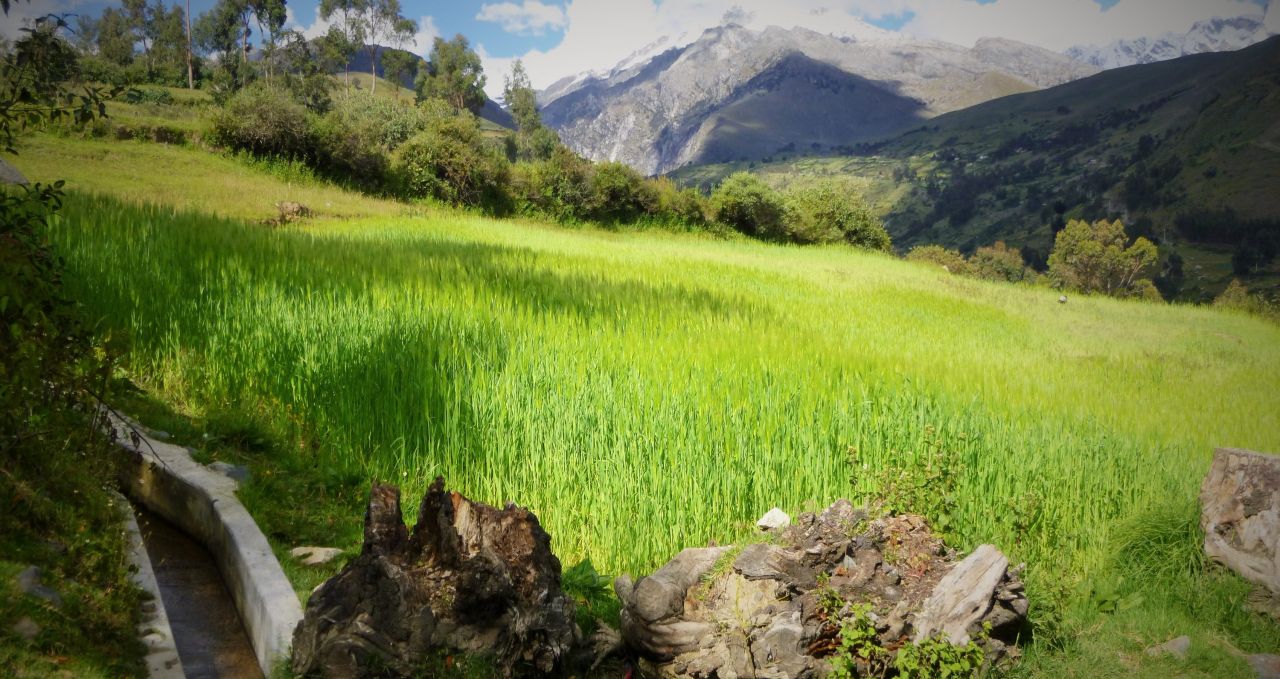
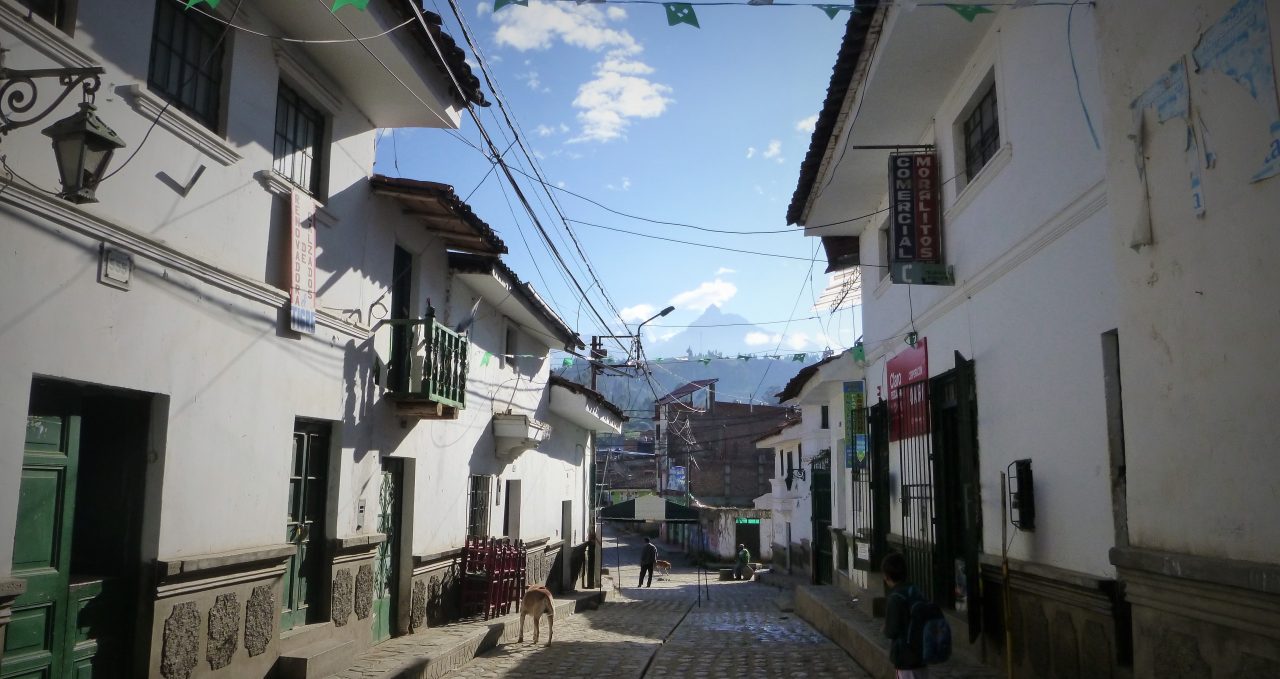
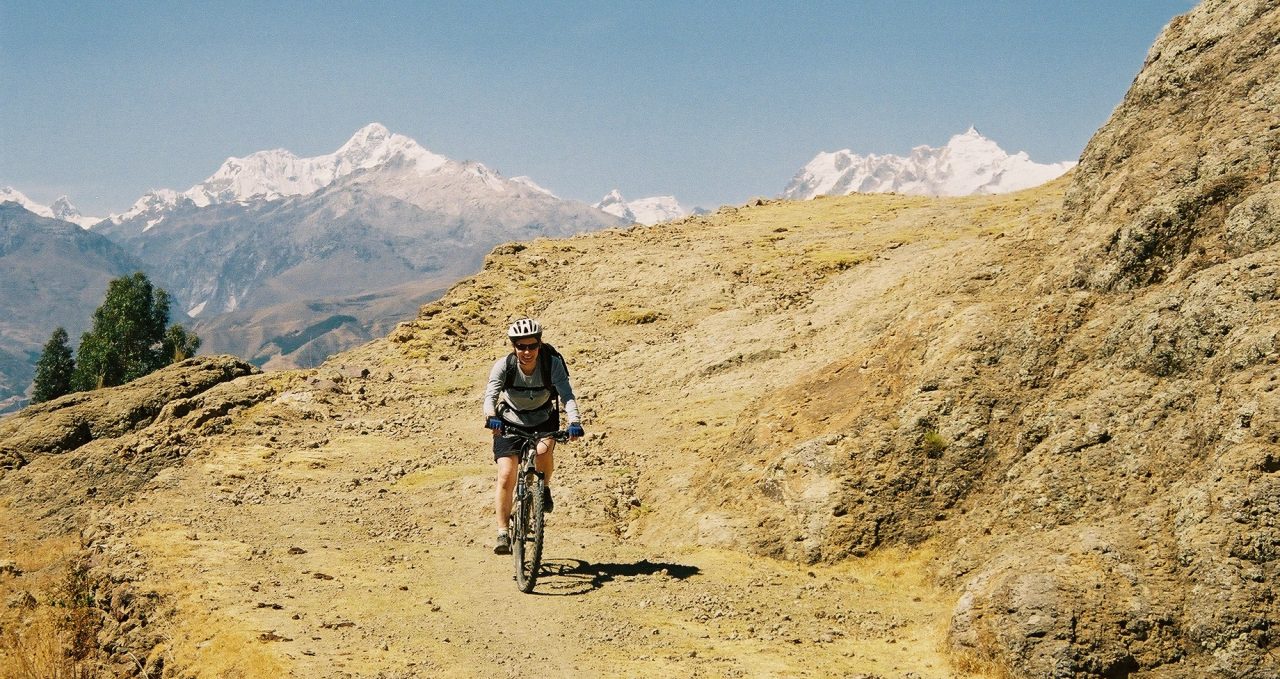
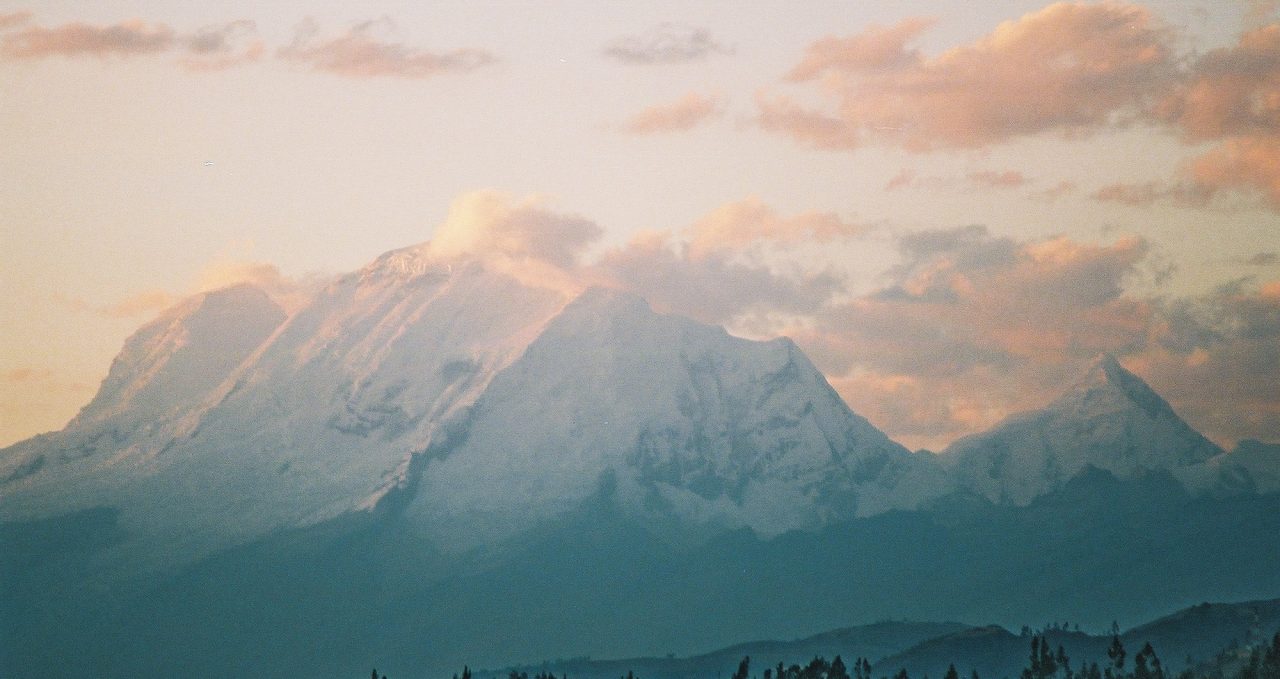
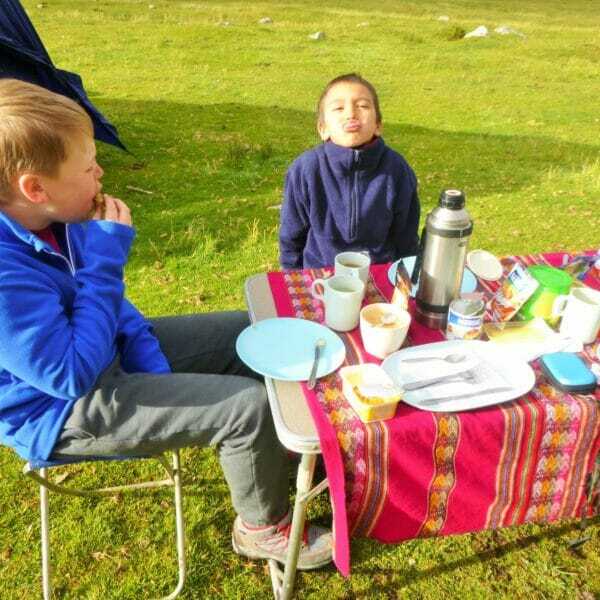
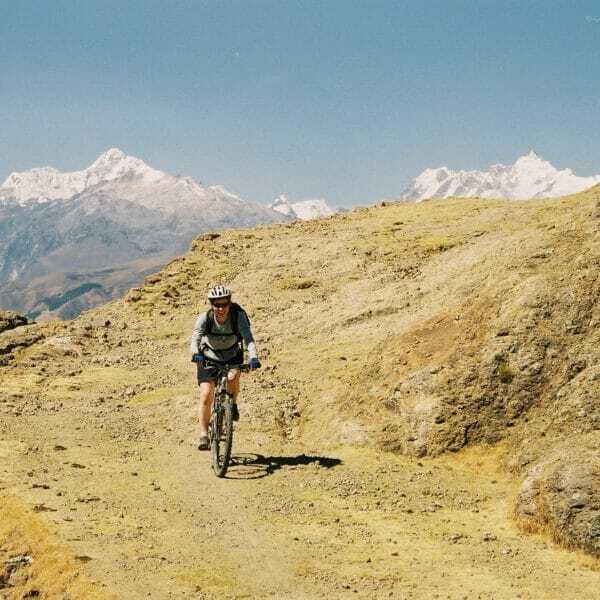
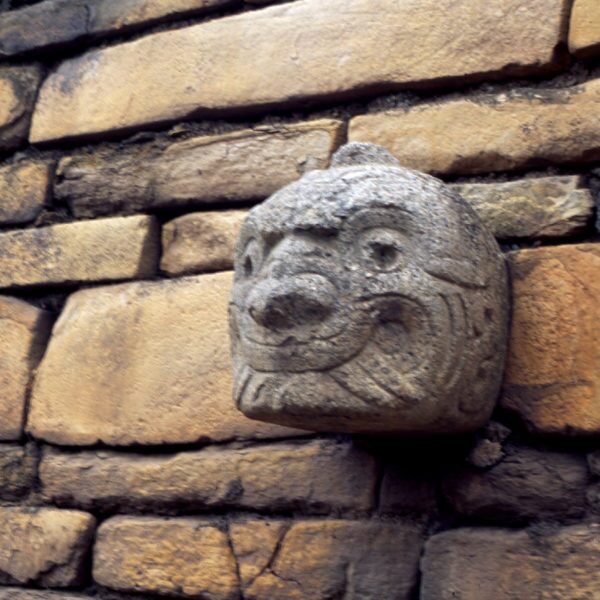
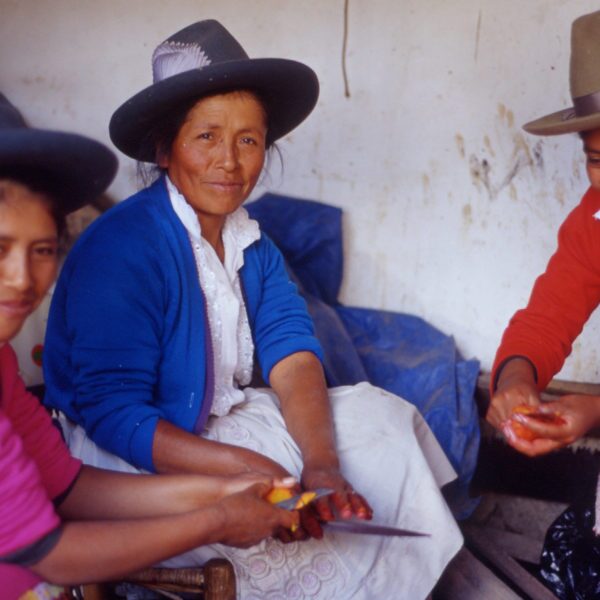
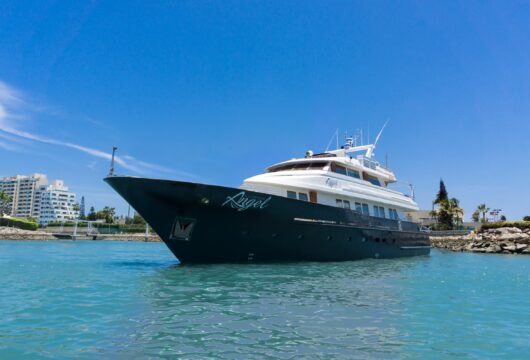
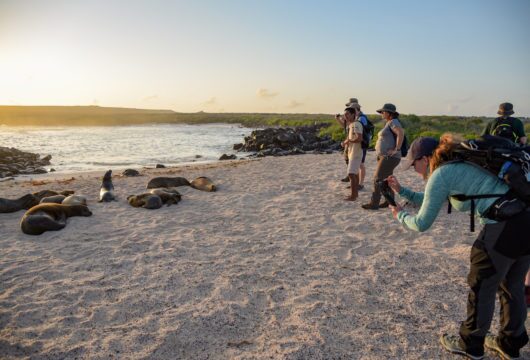
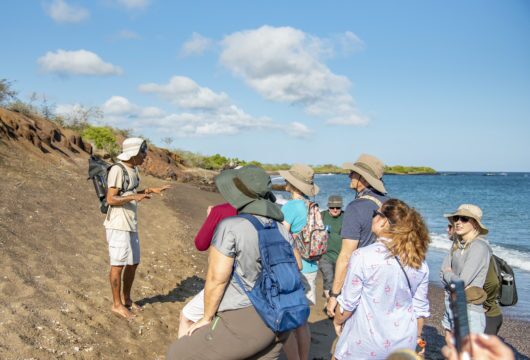
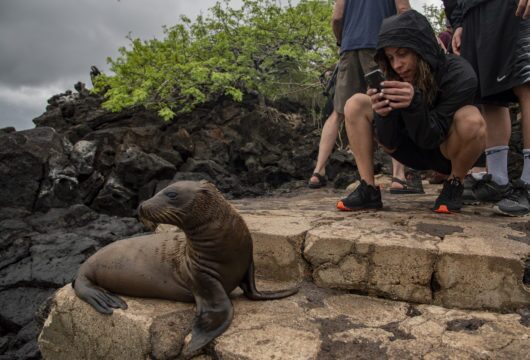
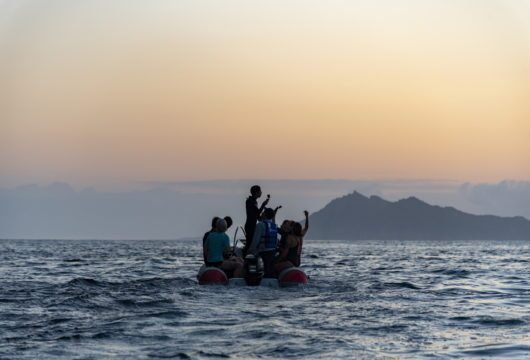
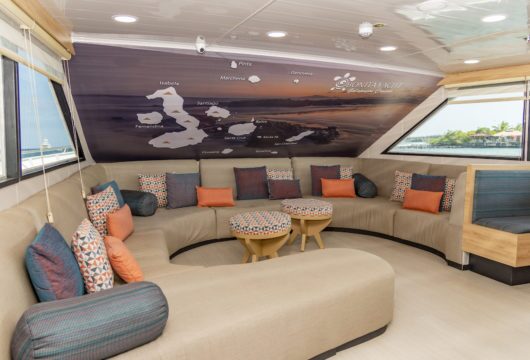
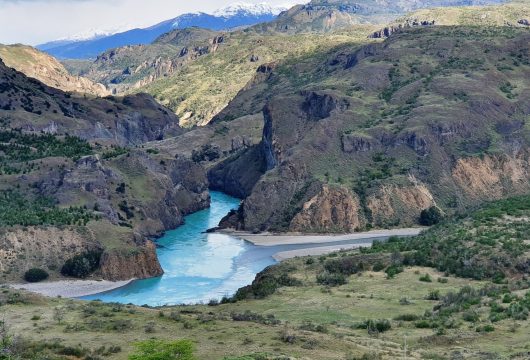
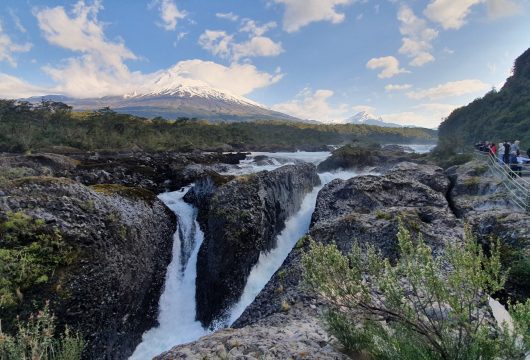
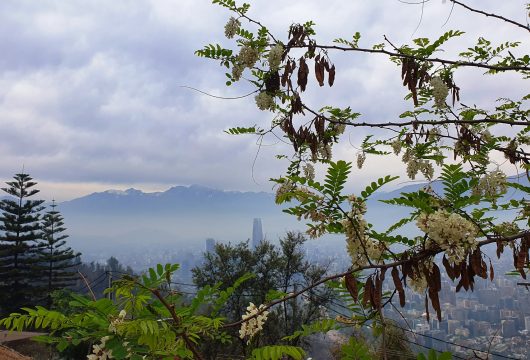
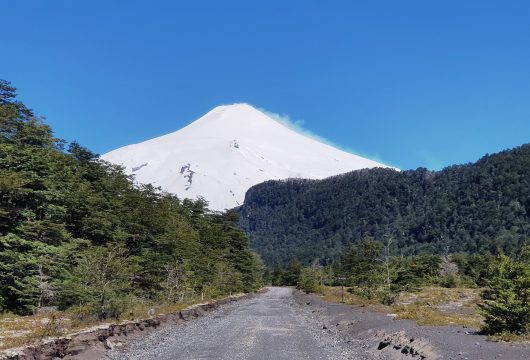
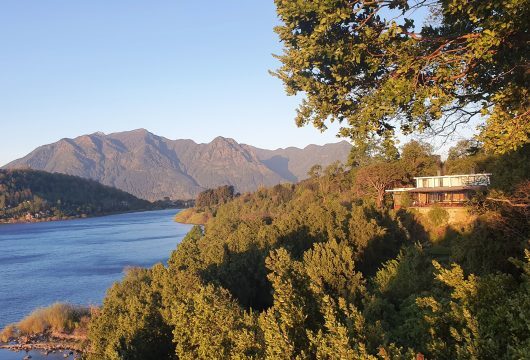
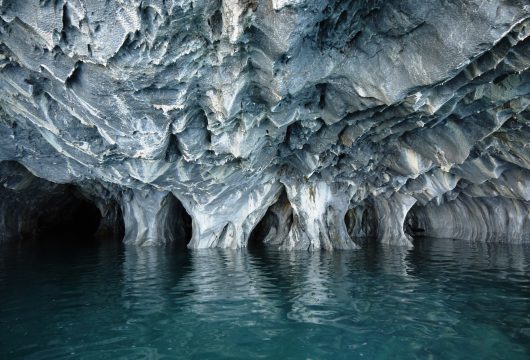
 a Tailor Made Tour
a Tailor Made Tour 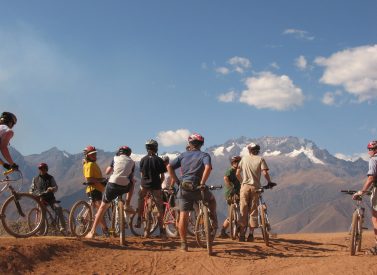

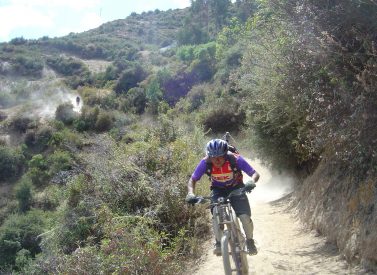
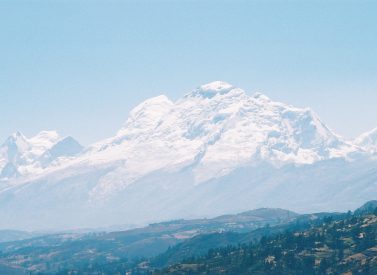
 a Group Tour
a Group Tour 